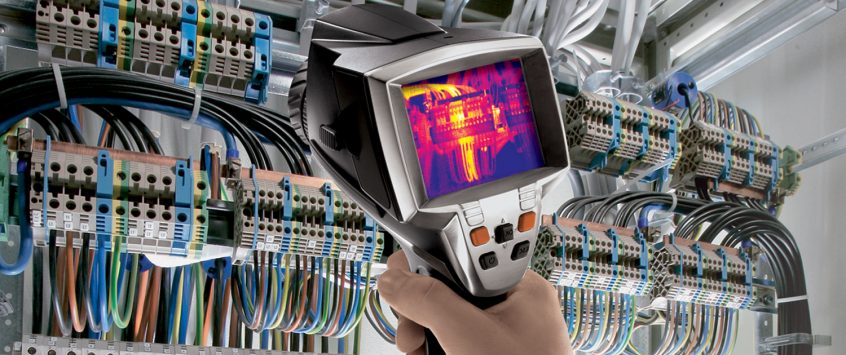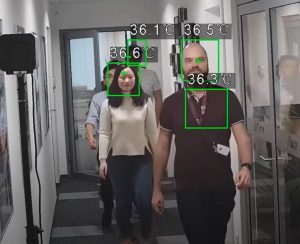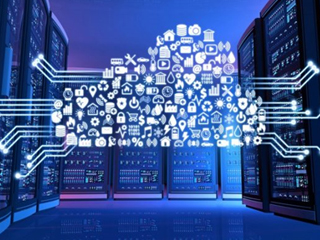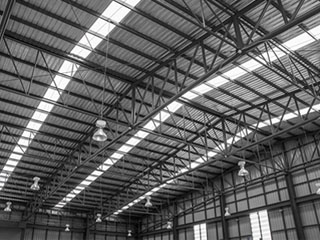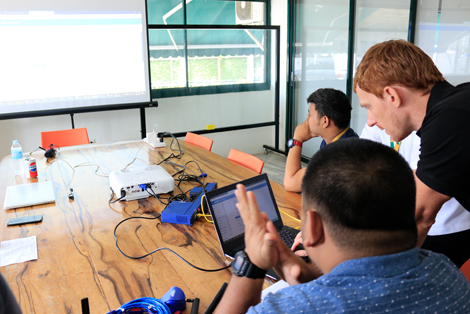The most significant commodity consumed by many people nowadays is data. Data is transmitted and stored in huge volumes. As such, more and more data center facilities are dedicated to managing the flow of data.
Data centers are an integral part of data consumption. Companies and government institutions store data and rely on their operation. It is essential for data centers to maintain uptime. Tier IV data centers have over 99% uptime certification.
With the increasing demand for data centers, the complexities of their operation raises risk of downtime and security breaches. Multi-layers of security checks are deployed to minimize any data breach. Threats, both internal and external, are also crucial elements in data center operations.
Why Is Security Important In Data Centers?

Photo Credit: www.esquiremag.ph
Ponemon Institute deduced that an unplanned data center downtime would cost an average of USD 9,000 per minute. This can reach as high as USD 17,000 per minute when the outage is long-term. Many of the reasons why downtime occurs are because of the security breach in the facility. Without thorough security protocols, unauthorized access to data is rampant. This will cause a smear on reputation and will cost profit loss consequently.
Security will take precedent in any data center operations. Safeguarding the premises against external and internal threats is a must.
-
Limits Unauthorized Access
In the 2020 Data Center Report, about 50% of security concerns are from outside human threats. Threats such as IT theft and stealing corporate data are a few of the common security breaches. Other than that, sabotaging IT equipment is also considered a human threat. Any damage to IT hardware will also potentially damage the data center’s uptime.
Security systems’ integral function to provide continuous surveillance is vital. Detecting any signs of threats along perimeter lines is the most basic task it can cover.
-
Keep Viruses Out
There are two kinds of viruses that can hamper a data center. A malware inflicted to the server and contagious diseases that can transmit to data center workers. Such viruses are deemed environmental and health threats. An IT officer getting ill will cause work stretch to the rest of the human resources. Worse, if health risks can contract several data center staff.
-
Ensuring Continuous Run Of Equipment
IT equipment is a fundamental data center asset. But because of high-performance demands, it is prone to overheating. Any high-temperature condition is detrimental to data center uptime. This will cause equipment downtime and damage. Ultimately, when the hardware is damaged, data loss is inevitable.
How Can Thermal Imaging Cameras Improve Security?
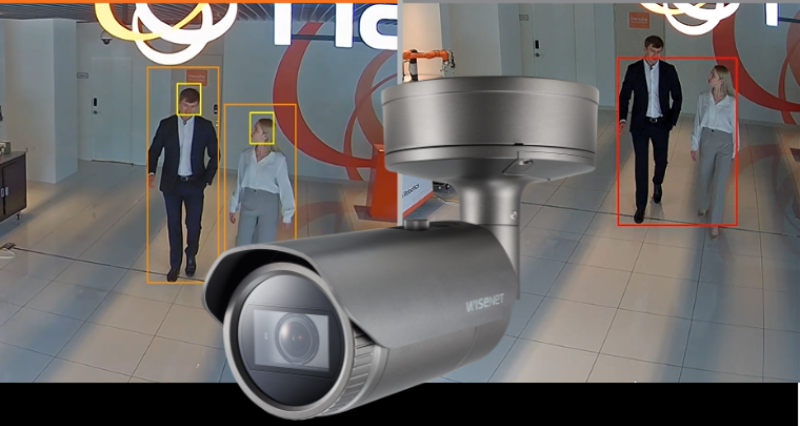
Photo Credit: www.hanwha-security.com
Thermal imaging cameras can be considered an add-on, opt-in monitoring solution. But with the rise in commodity value of data, sufficient security is needed to protect it. As such, thermal imaging cameras are now an essential facet in the integrated monitoring solution, especially for data centers.
Thermal imaging cameras can ensure 24/7 video tracking even under severe conditions. Whether it be low-light or dark areas, rain, and smoke, these cameras are still capable of video capture. Thermal cameras also have long-range features. It can capture longer distances that are essential in securing data centers.
Effectivity For Security In The IT Facility?
-
Intruder Target Tracking
When paired with radar, thermal cameras can enhance target tracking. Once an intruder is detected, a pan-tilt thermal camera will direct focus on the location of the trespasser.
Such capture and focus enable quick response from facilities security personnel. Through the video logs, the suspect’s movement is monitored. Such valuable images can help draft action responses. Furthermore, the cameras serve as the first line of defense in the facility. Thermal cameras are early warning devices that can detect unsightly movement. Taking account of such occurrences enhances real-time intervention in the process.
-
Temperature Screening

Photo Credit: www.unionleader.com
A thermal imaging camera can also be deployed for elevated skin temperature screening. Key entry points will see the presence of thermal cameras. This allows a stringent check of people going into the premises.
Elevated temperature capture through thermal cameras helps stop the spread of contagious diseases. Because it is non-contact, screening is easily facilitated and negates any chance of disease transmission also. When programmed temperature thresholds are reached, it alerts the personnel of the detected potential disease carrier. As such, detection and isolation of index cases are easy.
-
Detection of Overheating Units
A big data center can house 50,000 to 80,000 servers. Monitoring every single server rack would be an arduous task when done manually. A radiometric thermal imaging camera can help solve this predicament. The specialized camera solution is capable of monitoring critical equipment such as:
- Environmental Control Equipment
- Server Racks
- Cable Supplies
- Power Sources
Real-time monitoring of equipment will enhance fire detection and improve process control.
There are also voltage rooms where infrared windows are deployed. Infrared windows are a valuable tool in monitoring IT cabinets. This decreases any arc flash injury brought by direct contact with energized equipment. However, with infrared window installation, it requires a high-resolution, handheld infrared camera. Using the IR camera allows a survey of the primary power source through the IR window. The IR camera allows for better monitoring without perturbing IT assets.
Is There A Right Thermal Technology Solution?
Continuous surveillance is a valuable asset provided by thermal technology. However, like any other monitoring solution, integration is solely dependent on security needs. Data centers come in many sizes. There are also clustered data centers. The data center make-up is the primary consideration in choosing the right thermal solution in the end.
Thermal cameras come in an array of varieties. Each has its unique feature and capacity. It is best to note basic features that will determine the best option for your monitoring needs.
-
Resolution
Higher resolution will always be superior. The superior choice is to get a thermal sensor with a resolution of 640 x 480. It allows 16 times as many pixels compared to a standard thermal camera.
The more pixel it is capable of, the better image quality it can provide. In accounting security monitoring, a clear image and optimal target detection are non-negotiable features.
-
Video Analytics
A comprehensive security solution will act instantaneously. This means detection, tracking, and alerting intended personnel. Such capacity is enabled by video analytics. Apart from analytics, thermal cameras should also provide video verification. This will filter false alarms and ensure that actions are intended for real threats.
-
Interoperability
Despite how superior the specs of a thermal camera are, it will be amiss if it is challenging to integrate into the data center monitoring system. As such, interoperability in terms of integration and deployment is a must. ONVIF-compliant cameras that can integrate with a video management system will streamline any monitoring endeavor. This is especially important in choosing perimeter cameras. For condition monitoring cameras, Modbus TCP-compliant cameras are preferred. This allows easy relay of tracking data to a logic controller.
-
Temperature Variance
Elevated temperature screening is deployed to detect the temperature of passing officers continuously. However, skin temperature varies depending on several factors. Thermal cameras that have good temperature variance are the best choice for such monitoring. A primary skin temperature threshold feature should be accounted for. This will filter the average reading from the outlier temperature data.
Enhancing Thermal Imaging Camera Solutions
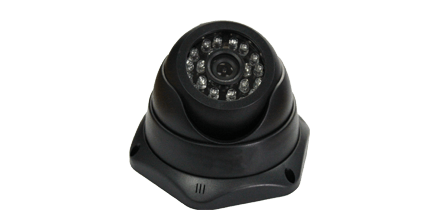
High-Resolution IR Digital Camera
AKCP remote camera monitoring can connect to digital USD or analog cameras with AKCP securityProbe. This combines the capacity of sensors and access control mechanisms through video surveillance. Also, the remote cameras can connect to AKCPro Server, where a playback window and sensor events are displayed.
-
AKCP HD-DC
The high-resolution IR digital camera from AKCP has IR night vision. It is capable of delivering between 15 fps and 30 fps. As such, AKCP HD-DC is ideal for door control security. It can connect with AKCP SecurityProbe 5ESV, allowing four cameras. Moreover, connection to AKCess Server Application is guaranteed, enabling recording and playback of video footage.
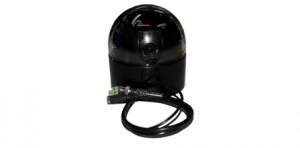
Pan Tilt Dome Camera
-
AKCP High-Resolution Pan Tilt Dome Digital Camera
The pan-tilt dome camera is designed to improve functionality with AKCP SecurityProbe 5ESV and its array of door control unit devices. It facilitates a live full-color streaming video that can be accessed in the web interface. All captured pictures are in stand VGA pixel of 640 x 480.
-
AKCP UMDC
The universal mount digital camera has IR night vision capability. It enables users to inspect assets via browser, even in a remote setting. It facilitates real-time video surveillance. Included in alert notifications are archived videos and pictures.
Thermal cameras are solutions that can keep pace with the higher data center demands. They are designed to check all parts of a data center. They are highly capable of monitoring perimeter security. They can precisely track the notches of a server rack. They have a comprehensive capacity to ensure robust data center monitoring, so they are must-have solutions for a modern data center. They are not only helpful in eliminating security threats. They are also a valuable tool in ensuring data center uptime.
Reference Links:
https://www.missioncriticalmagazine.com/articles/93161-thermal-imaging-cameras-protect-data-centers-inside-and-outside
https://www.flir.eu/
https://www.securitymagazine.com/articles/92873-how-thermal-imaging-cameras-will-help-facilities-reopen-in-a-covid-19-world
https://www.techbriefs.com/component/content/article/tb/stories/blog/37781

